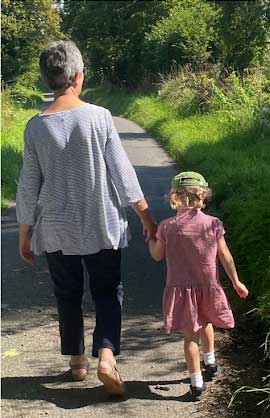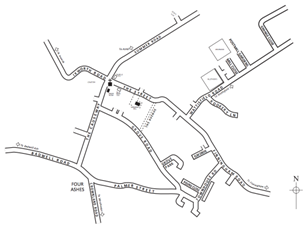
The quantity and speed of traffic using our residential village streets and surrounding rural lanes is a key concern of local villagers. Moreover, the traffic impact of the proposed Shepherd’s Grove developments,likely to include large scale warehousing and the like, will potentially exacerbate this problem for our community and those of neighbouring villages. The A143 is not suitable in many places for the levels and type of traffic anticipated and it is almost inevitable that this will also hugely impact traffic levels on local roads.
The village currently has an area outside the school on Wattisfield Road where 20mph is the advised speed limit and we are keen to know your views on traffic and in particular if there are other areas of the village that would benefit from lower speed limits or other traffic calming options.
There are quite a few reasons for promoting the 20mph speed limit but these are the key ones:
- Encourages walking and cycling
- Fewer casualties and collisions
- Less air and noise pollution
- Lower costs

In our particular circumstances, we also think that if the routes through our village become slower for through traffic it could make them less attractive to excessive traffic volumes created by the proposed developments.
Any implementation of 20mph would be building on the established understanding that slower speeds are right for most built up roads. The new Highway Code (Hierarchy of the Road Amendments), reinforces this message by prioritising pedestrians, cyclists and horse riders over cars, vans and buses.
The centre-fold of the October 2023 Observer contained a short survey designed to gather the opinions of those living, going to school or working in and around the village. Responses were collated into a report which you can read here.
To find our more, please visit the website: https://www.20splenty.org

Common Misconceptions
“…Drivers don’t obey 30 mph road restrictions and won’t obey 20mph”
Studies have shown that average and faster road speeds do decrease over time as a new culture of awareness and compliance develops. This happens when drivers believe that other drivers are driving slower.
Portsmouth carried out one of the first case studies which monitored the effects of 20mph speed limits. The results showed that speeds were down by 6.3 mph overall and the average speed was 24 mph. Drivers will adapt, as they did when drink-driving became illegal.
” …A 20mph upper speed limit is negative to the local economy.”
Businesses thrive where it is safe to cycle and walk. Fuel costs drop and tourists and visitors love 20mph.
“…Reducing the speed limit in W.L.W. won’t have any appreciable effect on traffic pollution and air quality.”
Pollution reduces at slower speeds, particularly from diesel engines. There is less accelerating and braking which reduces brake and tyre particulates. The organisation NICE (National Institute of Health and Care Excellence) recommends 20mph without speed humps for better air quality, lower noise levels, vibration and road wear.

